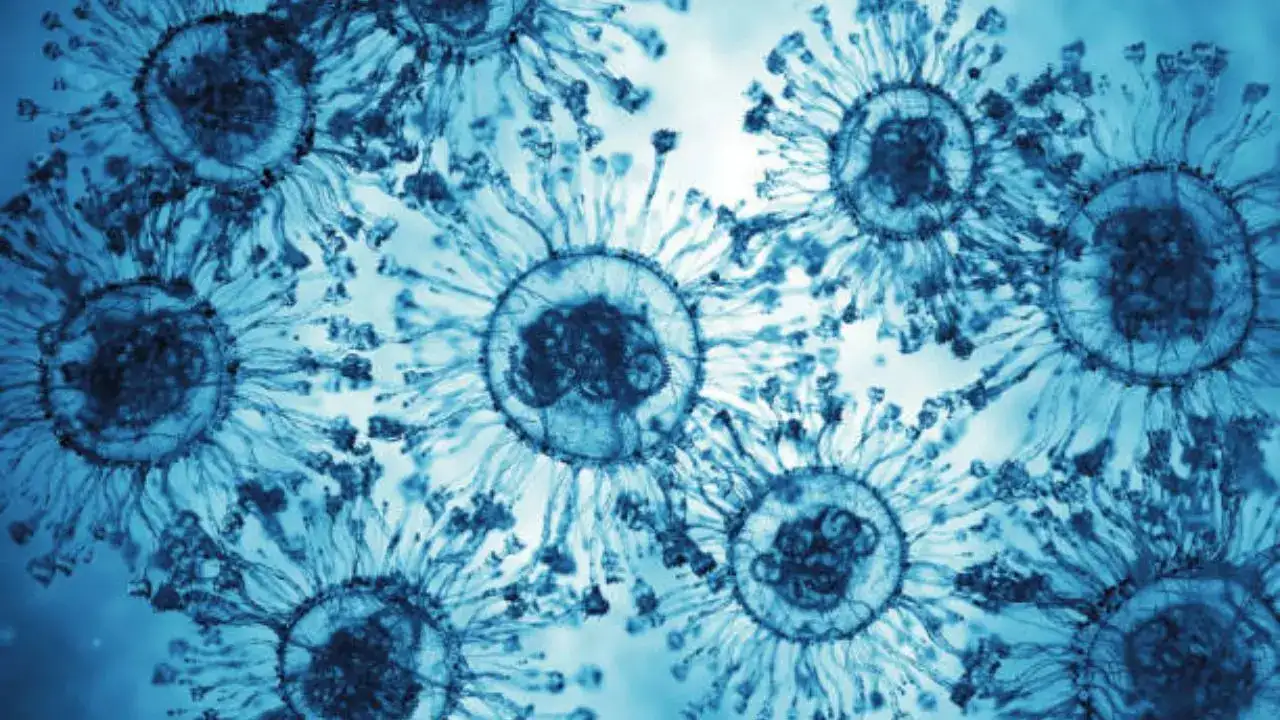
Strep, which causes a bizarre flesh-eating disease, has shockingly become resistant to common antibiotics
A ten-year study that involved over 35 million Americans across 10 states has found that group A streptococcus infections have more than doubled by 2022. Strep, which also causes a bizarre flesh-eating disease, has shockingly become resistant to common antibiotics, according to scientiGroup A streptococcus, or GAS, also commonly known as strep throat, is caused by the Streptococcus pyogenes bacterium and can have more serious outcomes. According to experts, it can lead to necrotising fasciitis—a flesh-eating disease—as well as toxic shock syndrome, a sepsis-like infection that can trigger organ failure and eventual death.
The study, conducted by the US Centres for Disease Control and Prevention, or CDC, has highlighted how infectious illnesses still remain rare and stable. "Invasive GAS cases from January 1, 2013, through December 31, 2022, were identified through active surveillance for invasive bacterial pathogens in 10 US states, covering 34,991,238 persons," researchers detailed of the data gathered from California, Colorado, Georgia, Maryland, Oregon, New York, New Mexico, Tennessee, Connecticut, and Minnesota.
Before 2013, most of the infections had remained relatively low and stable, but strep has more than doubled, from 3.6 per 100,000 people to 28.2 per 100,000 people. In total, annual cases rose from 1,082 in 2013 to 2,759 in 2022.
Why are strep cases rising?
According to experts, the rise in cases is happening due to bacterium diversity - as there has been a significant spike in rarer strains that lead to infection - from 0.3 per cent to 26.9 per cent - including a rise in the types triggering flesh-eating infections.
Also, antimicrobial resistance has increased. Researchers say all strains of the bug are still vulnerable to treatment with β-lactams like penicillin and ampicillin.
The CDC has called for both public awareness of avoiding infection and for more diverse therapeutic interventions. There is a need for access to wound care, more education for the vulnerable members of society who are most at risk, and more attentive monitoring and epidemiological modelling to track antimicrobial resistance. Research into a vaccine is also currently lacking.
What are the signs and symptoms of group A streptococcal infections?
Experts say the signs and symptoms range in severity and vary based on the illness that the group A streptococcus bacteria caused. A few of these include:
- Difficulty swallowing or pain when swallowing
- Severe headache
- Small red spots on the roof of your mouth
- Sore throat
- Stomach pain
- Pain in lymph nodes
- Swollen tonsils
- Rashes on your neck
- Itchy skin
- Diarrhoea
- Dizziness
- Fever
- Nausea and vomiting
- Blisters
Is group A streptococcus bacteria contagious?
Experts say they are highly contagious and spread through contact with someone who has a GAS infection, including
Breathing in droplets of the bacteria released into the air after a cough or sneeze.
Contacting discharge like saliva
Drinking from the same glass or sharing utensils
Touching someone’s infected wound
The bacteria is most contagious when you experience symptoms of being sick. You can prevent the spread of GAS bacteria by staying home if you are unwell, wearing a mask, and treating any wounds you might have.
Get Latest News Live on Times Now along with Breaking News and Top Headlines from Health and around the world.
